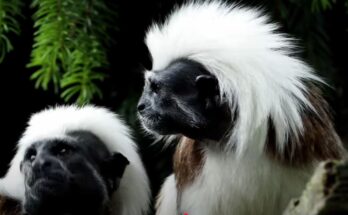The world of young animals is full of wonder, charm, and surprises. From the very first moments of life, baby animals display fascinating behaviors that often mirror those of human children—curiosity, playfulness, and a strong bond with their parents. Whether it’s a newborn elephant learning to use its trunk or a tiny penguin chick braving the cold, young animals captivate us with their innocence and determination.
In the wild, baby animals must quickly adapt to their environments. Some, like wildebeest calves, stand and walk just minutes after birth to escape predators. Others, such as baby orangutans, cling to their mothers for years, learning vital survival skills. These early life stages are crucial, as they shape the animal’s future and ensure the survival of the species.
Each young animal also has its own unique appearance that sets it apart. Lion cubs have spotted coats for camouflage, while baby flamingos are born grey before turning pink. These features not only help them survive but also add to their charm. Their calls, movements, and interactions are a delight to observe and a reminder of nature’s diversity.
Many animals raise their young with surprising tenderness and intelligence. Dolphin mothers whistle to name their babies, while wolf pups are cared for by the entire pack. These nurturing behaviors show that animal families can be as close-knit and caring as human ones.
Exploring the world of young animals gives us a deeper appreciation of wildlife and the importance of protecting their habitats. From forests and savannahs to icy poles and deep oceans, the lives of young animals offer endless inspiration and joy. Witnessing their journey from birth to independence is truly one of nature’s most amazing stories.
